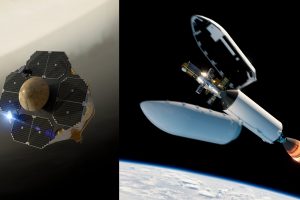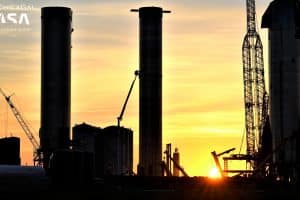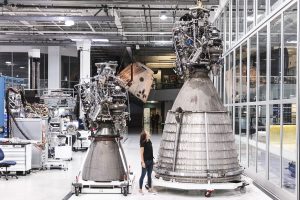Key Points
- 🚀 NASA and SpaceX are gearing up to launch Crew 7 to the ISS on Saturday at 3:27 a.m. ET from Kennedy Space Center.
- 🚀 Crew Dragon Endurance and Falcon 9 Booster 1081 will be used for the mission.
- 🚀 Crew 7 includes NASA astronaut Jasmin Moghbeli (Mission Commander), European Space Agency astronaut Andreas Mogensen (Pilot), Japan Aerospace Exploration Agency astronaut Satoshi Furukawa (Mission Specialist), and Russian cosmonaut Konstantin Borisov (Mission Specialist).
- 🚀 Pre-launch preparations involve a walkout, modified Tesla Model X transport, phone call, hatch closure, and launch abort system readiness.
- 🚀 After lift-off, stages separate, Booster 1081 lands back at Cape Canaveral, and Crew Dragon docks with the ISS.
- 🚀 The crew will spend around six months on the ISS for experiments and maintenance.
- 🚀 The weather forecast is favorable with a 95% chance of acceptable weather.
- 🚀 The launch webcast will commence 4 hours before launch.
NASA and SpaceX are gearing up for the launch of Crew 7 to the International Space Station early on Saturday morning. The liftoff is scheduled for 3:27 a.m. ET (07:27 UTC) from Launch Complex 39A at Kennedy Space Center.
The initial launch attempt was delayed just before the crew’s walkout to ensure safety factors and operational margins of the Dragon spacecraft’s environmental control and life support system (ECLSS). NASA confirmed that all valves on the Crew 6 and 7 Dragon capsules are functioning normally.
Crew 7 will travel to the Space Station aboard the Crew Dragon Endurance and Falcon 9 Booster 1081. The journey will take approximately a day, with docking planned for 8:50 a.m. ET on the 27th.
The crew of Crew 7 includes NASA astronaut Jasmin Moghbeli (Mission Commander), European Space Agency astronaut Andreas Mogensen (Pilot), Japan Aerospace Exploration Agency astronaut Satoshi Furukawa (Mission Specialist), and Russian cosmonaut Konstantin Borisov (Mission Specialist).
The crew will exit the Neil A. Armstrong Operations and Checkout Building three and a half hours before launch, traveling in specially modified Tesla Model X vehicles to LC-39A. After ascending the launch tower’s elevator, they will make final calls to loved ones before boarding the Endurance spacecraft.
Once seated, the SpaceX team will secure the vehicle and close the hatch. The launch abort system will be armed at t-minus 36 minutes, followed by the fueling of the first and second stages.
Following liftoff, the stages will separate, and Booster 1081 will execute a boostback burn to return to Landing Zone 1 at Cape Canaveral Space Force Station. Meanwhile, the second stage will continue its orbit, performing an engine burn and separating from the Crew Dragon Endurance after a short coast phase.
Upon reaching the ISS, the crew will spend around six months conducting experiments and performing maintenance.
Current weather forecasts are favorable, with a 95% chance of suitable conditions.
The launch webcast will commence four hours prior to liftoff. Watch it here.





